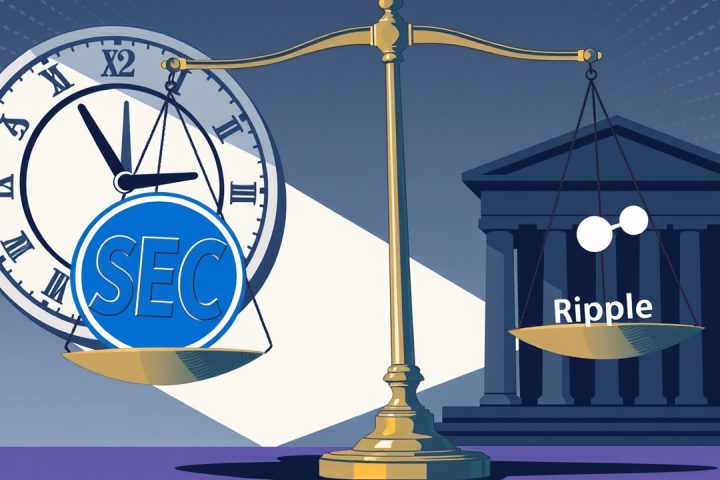Introduction to the GENIUS Act
The recent implementation of the GENIUS Act has introduced significant regulatory clarity regarding stablecoins, establishing a federal framework that mandates full collateralization with secure assets, transparent reserves, and prohibits direct interest payments to consumers. This regulatory shift has ignited tensions, particularly between traditional banks and cryptocurrency platforms.
Impact on Banks and Cryptocurrency Platforms
With the new law in place, banks can enter the stablecoin arena; however, they are restricted from offering interest on these digital currencies. In contrast, crypto exchanges have the freedom to offer yield on stablecoins from external issuers, such as USDC and Tether (USDT). Banks are concerned that this creates an uneven playing field, potentially triggering a significant outflow of deposits from their institutions to crypto platforms, which could adversely affect their ability to issue loans and drive up borrowing costs.
This scenario echoes historical events from the 1980s when money market funds provided more lucrative returns than regular savings accounts, leading to a noticeable shift in deposit behaviors that pressured banks to adapt. Currently, stablecoins offer similar advantages: they are quicker, more cost-effective, and, when implemented correctly, may present enhanced safety measures.
Opportunities for Banks
Yet, banks need not be at a disadvantage in this evolving landscape. They have the opportunity to innovate by developing their own stablecoins, allowing for immediate transaction settlements and integration into various banking processes, from lending to payment systems and even international operations. Doing so could fortify their financial positions, diversify income streams, and enhance customer loyalty.
The apprehension surrounding a ‘deposit flight’ often stems from the misconception that consumers are eager to abandon their banks, when in reality, many seek improved options. Stablecoins have the potential to provide these improvements, but successful implementation hinges on robust regulatory measures. Therefore, the significance of both the GENIUS and CLARITY Acts cannot be overstated; they are essential for establishing necessary guidelines around reserves, compliance standards, and adequate consumer protections to match contemporary banking products.
Regulatory Measures and Consumer Protection
To that end, incorporating rigorous anti-money laundering protocols is crucial, especially given the rapid nature of stablecoin transactions. Financial institutions and exchanges will need to adopt enhanced customer identity verification, improved transaction oversight, and customized reporting for suspicious activities. Fortunately, the technological infrastructure for such measures already exists, but effective collaboration between regulators and banks is essential to create a framework that is both safe and functional.
Benefits for Community Banks
Community banks stand to gain the most from embracing stablecoins, as they have historically faced disadvantages compared to larger national institutions. Stablecoins could empower them to efficiently handle international transactions at a fraction of the traditional costs and timeframes. This could significantly enhance customer service and help local banks maintain competitiveness in a digital age.
The Future of Stablecoins in Finance
Moreover, stablecoins represent a type of programmable currency with applications in decentralized finance, tokenized assets, and real-time settlement systems. Their integration could transform numerous sectors, including remittances, trade finance, and even bolster demand for U.S. Treasury securities, as suggested by Treasury Secretary Scott Bessent.
The discourse has shifted from questioning the relevance of stablecoins to identifying which entity will spearhead their incorporation into mainstream finance. For community banks, they could serve as a pivotal mechanism in ensuring ongoing relevance in the financial ecosystem.
At present, the battle centers on control between banks seeking to safeguard their interests and crypto firms striving to maintain their competitive edge. If both sides continue to resist collaboration, they risk losing out on the substantial benefits they could achieve together. The future of financial services depends on mutual cooperation rather than in-fighting—a potential that can lead to swifter, safer, and more equitable financial solutions tailored to the realities of modern consumers.
By Patrick Gerhart




